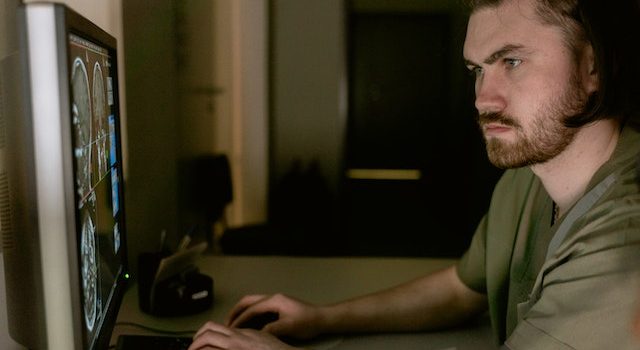
Introduction: How Techniques and Tools are Essential in Clinical Assessments
Clinical assessments use different methods and tools to check how healthy patients are. Discovering medical problems, keeping track of progress, and creating effective ways to treat people all rely on using these techniques and instruments. This article will talk about the various methods and instruments used in clinical evaluations, emphasizing their importance, advantages, and uses in giving complete care to patients.
Physical Examination Techniques: Assessing the Patient’s Physical Health
Physical examination techniques are fundamental components of clinical assessments. The evaluation of various bodily systems using these techniques can offer crucial data regarding a patient’s physical state. Some commonly used physical examination techniques include:
Inspection: Observing the person’s body to determine if there are any peculiar things like rashes, swelling, or abnormal forms.
Palpation: Assessing body structures by touch to identify tenderness, masses, or abnormalities in tissues.
Percussion: Tapping body surfaces can create sounds that help doctors check organs like the lungs or abdomen.
Auscultation: Listening to body sounds, such as heart, lung, or bowel sounds, using a stethoscope for diagnostic purposes.
Diagnostic Tools: Enhancing Assessment Accuracy and Efficiency
Having diagnostic tools is really necessary for accurate and quick clinical evaluations. These tools help doctors gather accurate information and assist in identifying and tracking medical problems. Some commonly used diagnostic tools include:
Laboratory Tests: By doing tests on someone’s blood, pee, and other lab samples, doctors can learn some important things about their health. It helps them see how many cells they have in their blood or if something is wrong with their kidneys.
Imaging Techniques: X-rays, CT scans, MRIs, and ultrasounds help doctors see inside our bodies to find problems or check how things are changing.
Electrocardiogram (ECG): This tool records the electrical activity of the heart, helping diagnose heart rhythm disorders or detect signs of heart damage.
Spirometry: A test that sees how good your lungs are and helps doctors find out if you have asthma or COPD.
Specialized Assessment Techniques: Targeted Evaluation for Specific Conditions
In addition to the typical physical exams and diagnostic tools, doctors utilize specific techniques to assess particular conditions or bodily functions. These techniques require specialized training and expertise. Some examples include:
Neurological Examination: A detailed evaluation of the nervous system that examines various functions including sensing things, quick reactions, working together smoothly, and mental state.
Dermatological Assessment: The examination of the skin, hair, and nails helps doctors identify skin disorders or infections.
Mental Health Assessment: To check how someone is feeling inside their head, doctors may talk to them, ask them questions, or give them tests.
Gynecological Examination: Female patients undergo specific exams to evaluate their reproductive health. Doctors use techniques like pelvic examinations and Pap smears.
Integrating Techniques and Tools: Making clinical assessments more effective for better patient outcomes
Comprehensive patient care involves using a combination of techniques and tools during clinical assessments. Combining different assessment approaches lets healthcare providers have a comprehensive view of their patient’s health. This results in accurate diagnoses and well-planned treatments. Integration includes:
Collaboration and Communication: Healthcare providers from different specialties collaborate and communicate to ensure that assessment findings are interpreted holistically and appropriate referrals or consultations are made.
Data Synthesis: When doctors examine patients using physical examination techniques, diagnostic tests, and specialized assessments, they can understand better how healthy they are.
Continuity of Care: Ensuring that assessment results are documented, shared, and used as a basis for ongoing monitoring and treatment adjustments throughout the patient’s healthcare journey.
Conclusion
To accurately assess patients and develop effective treatment plans, healthcare providers rely on techniques and tools in clinical assessments. Healthcare professionals can use physical examination techniques, diagnostic tools, and specialized assessment techniques to collect detailed information for precise diagnoses and improved patient results. Using these techniques and tools in combination with effective collaboration and clear communication helps doctors do better clinical assessments and provide patient-centered care. Having access to different techniques and appropriate tools enables healthcare providers to perform comprehensive evaluations and offer tailored treatment.










